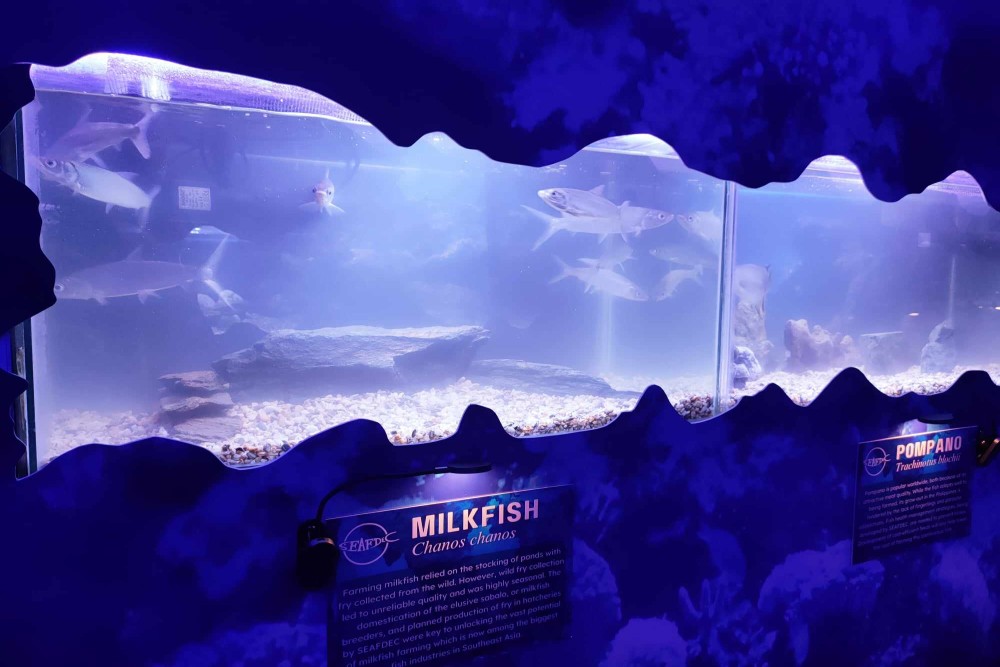Endowed with diverse marine resources, the protection of the country’s sustainable blue economy is a must, the Department of Science and Technology (DOST) said, as the sector contributes to employment generation and inclusive growth.
Science Secretary Renato Solidum Jr. underscored this as part of the National Science Technology and Innovation Week (NSTW) celebration in late November, with a focus on the country’s blue economy.
He said the blue economy is one of the 12 key operational areas included in the Pagtanaw 2050 that was produced by the National Academy of Science and Technology in 2021.
“Under this framework, the DOST takes an active role in developing programs that will ensure the protection, conservation, and sustainable utilization of our marine resources and related endeavors,” Solidum added.
This includes the use of alternative sources of power like wave energy, creating livelihood opportunities in the fisheries sector and shipbuilding industry, maintaining balance in marine ecosystems, and promoting viable eco-tourism projects for sustainable development.
Notably, the country is composed of six marine biogeographic regions, namely: Celebes Sea; Northern Philippine Sea; West Philippine Sea; Southern Philippine Sea; Sulu Sea, and Visayan Sea.
Solidum also emphasized the agency’s several programs and projects in the Visayas that address the development of the blue economy, along with the initiatives implemented by the state universities and colleges (SUCs) and industry key players.
For instance, the development of the hybrid trimaran, a sea vessel with multiple engines and an alternative renewable energy system using ocean wave energy, is a collaboration of the DOST with Aklan State University, Maritime Industry Authority (MARINA), local government officials of Aklan, and Metallica Shipyard.
Through the DOST-Philippine Council for Agriculture, Aquatic and Natural Resources Research and Development (PCAARRD) comes the creation of the Rapid Assessment Instrument for Coastal Benthic Habitats, also known as the ARAICOBEH system.
This is a set of low-cost survey equipment that can cover huge areas of both coral and non-coral sites.
Solidum cited that ARAICOBEH is cheaper and takes less time to gather the same number of underwater photos compared to scuba diving.
“This enables us to monitor and assess large tracks of coastal habitats surrounding our islands much faster and on a larger-scale,” the DOST Secretary explained.
Meanwhile, the Reef Baybe is a coral reef decision-making tool and primer, which is a software with a manual package that integrates quantitative data and experts’ knowledge using a bayesian belief network (bbn) model.
It provides a more holistic look at the ridge-to-river-to-reef systems that can help marine protected area managers and other users make data-driven decisions on protecting the coral reefs.
For her part, Sen. Loren Legarda, said that the commitment to protect natural wealth is a necessity for the well-being of the people and the sustainability of the nation.
“Let us strengthen our commitment to the 30x30 campaign for nature, aiming to protect at least 30 percent of the world’s land and ocean by 2023. This includes safeguarding our natural maritime ecosystems, which serve as vital carbon sinks,” she said.


